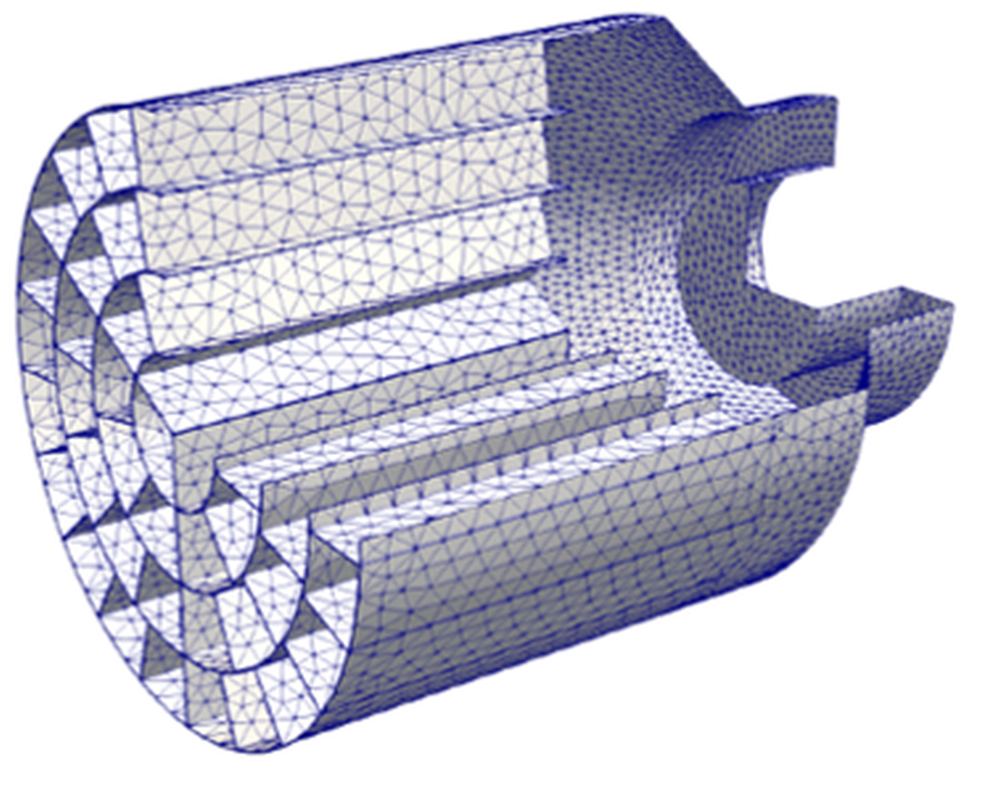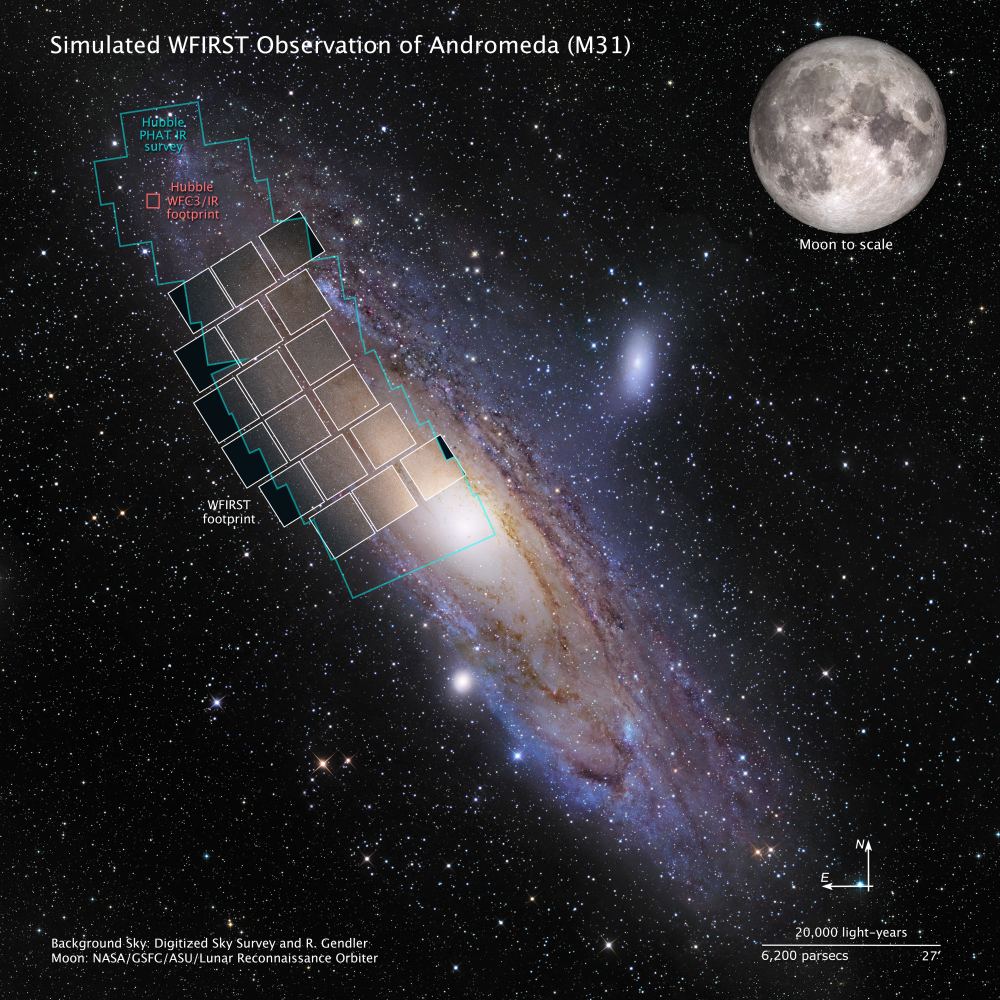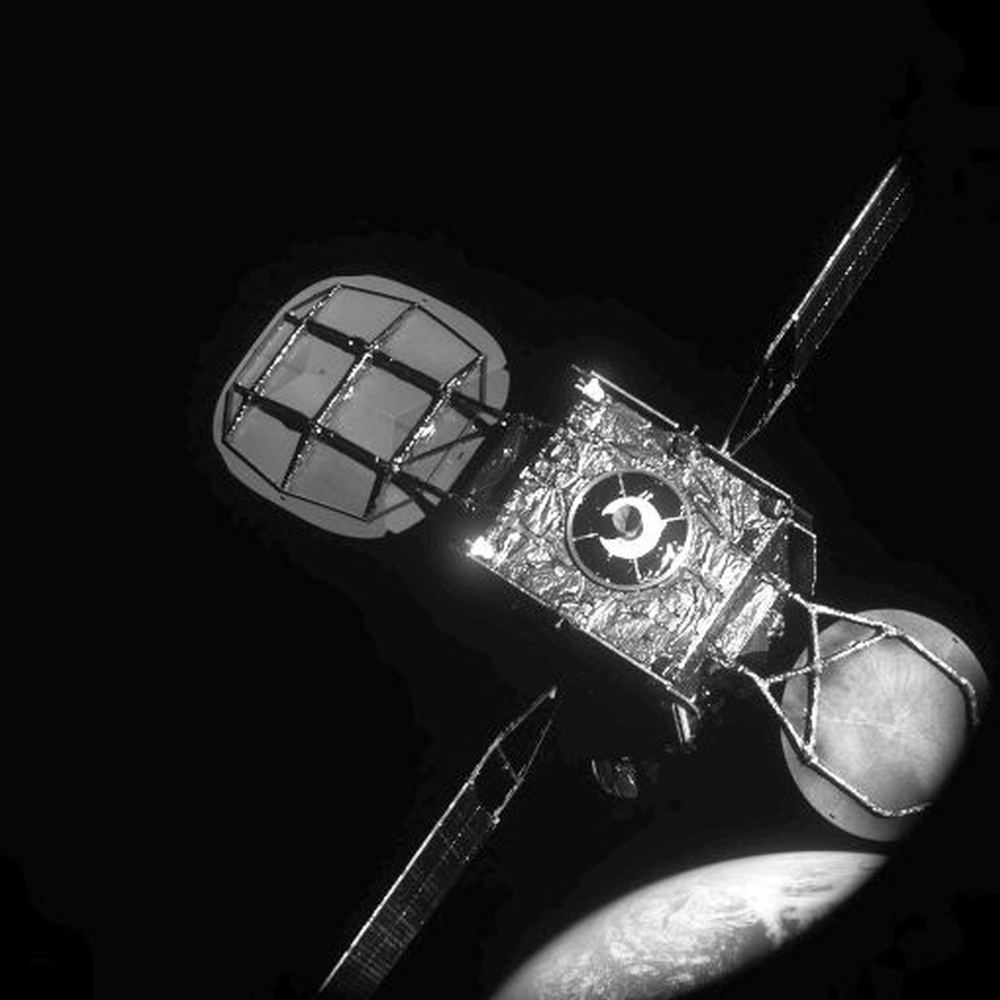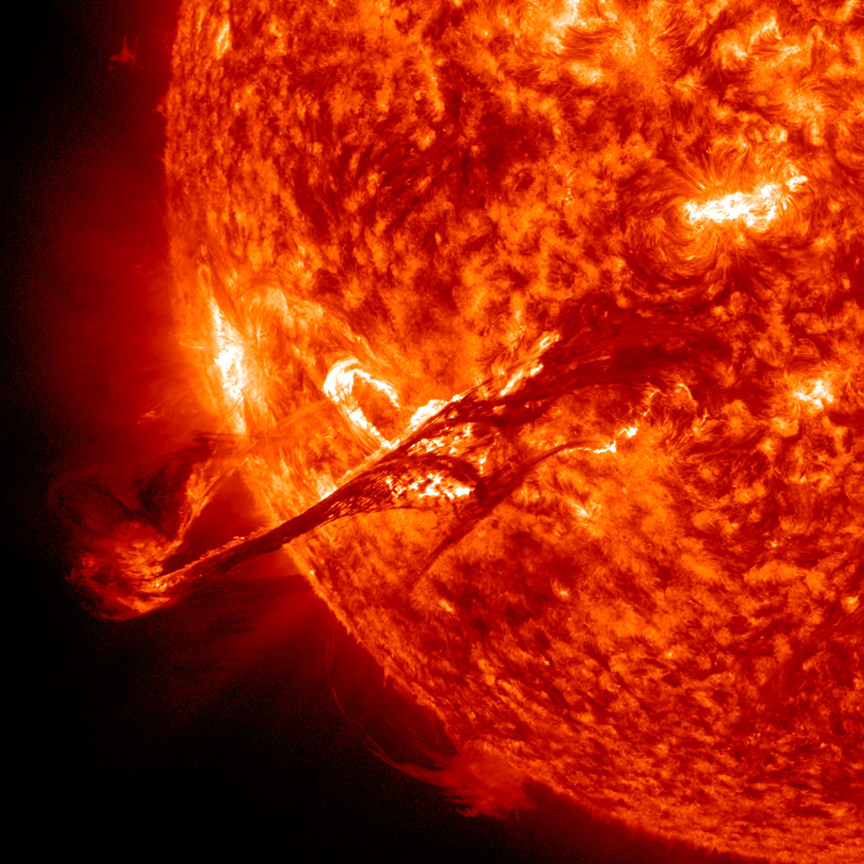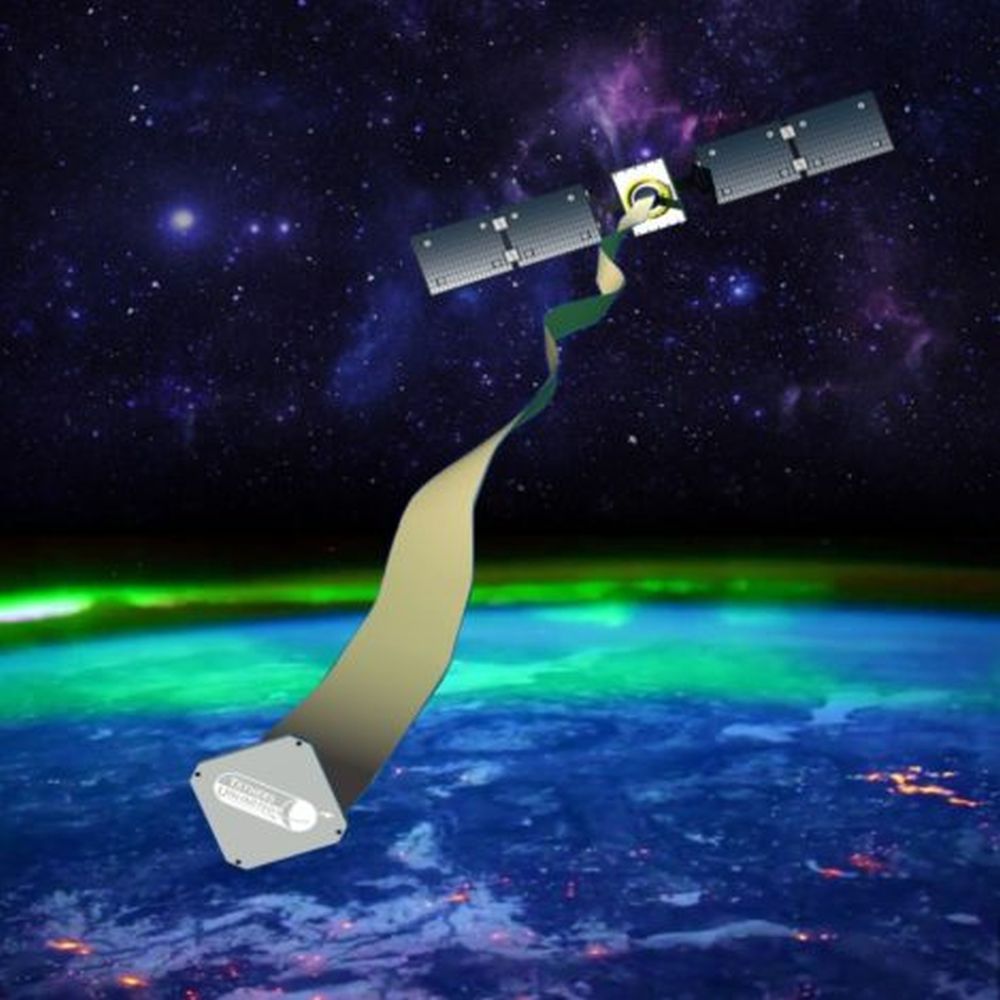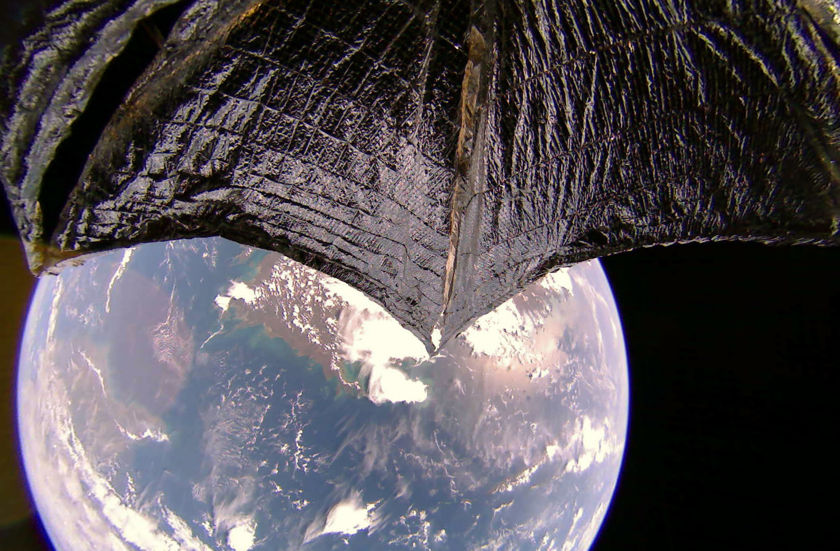Update. It looks like we didn’t roll a 1 on the d20, and the satellites passed each other without an impact. But this will probably become a more common occurrence as the skies get more crowded.
Over sixty years of space exploration have left their mark in Low Earth Orbit (LEO), where thousands of objects create the risk of collisions. These objects include the spent first stages of rockets, fragments of broken-up spacecraft, and satellites that are no longer operational. As Donald Kessler predicted, the growing presence of “space junk” could result in regular collisions, leading to a cascading effect (aka. Kessler Syndrome).
This evening – on Wednesday, Jan. 29th – such a collision might take place. These satellites are the Infrared Astronomical Satellite (IRAS), an old space telescope launched by NASA, the Netherlands, and the UK; and the GGSE-4 gravitational experiment launched by the US Air Force. These two satellites run the risk of colliding when their orbits cross paths at 06:40 p.m. EST (03:40 p.m. PST) about 900 km (560 mi) above Pittsburgh, Pennsylvania.
Continue reading “There’s a 1 in 20 Chance That Two Dead Satellites Might Crash Tonight (Update: No Collision)”
